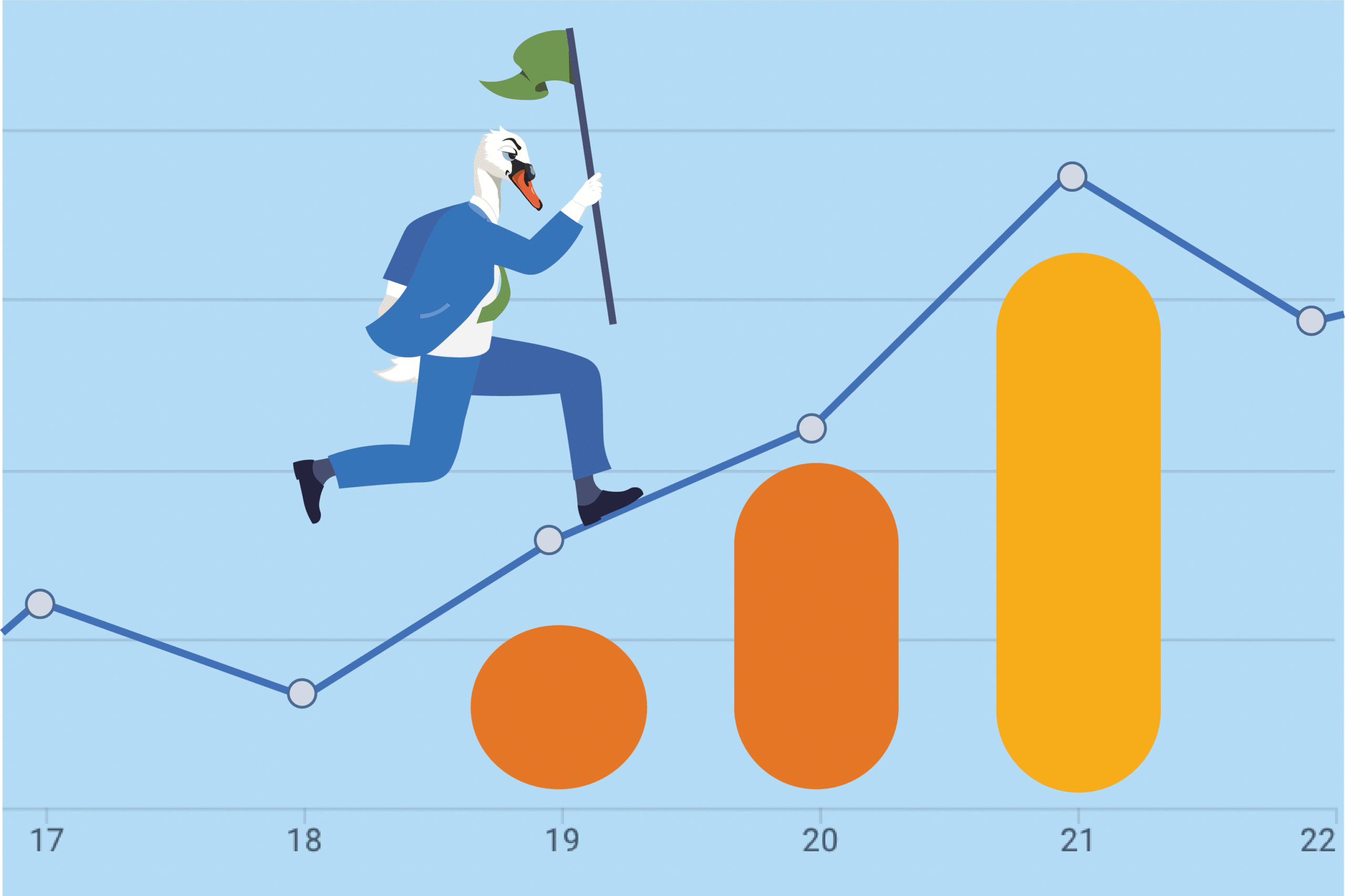
Navigating the Pros and Cons of Google Analytics 4 (GA4)
In the dynamic world of digital analytics, Google Analytics 4 (GA4) has emerged as the most notable player, offering both advancements and challenges for users. So, we’ve put together your survival map. We’ll explore our thoughts and experiences surrounding GA4, shedding light on its improved user security, both the pros and cons. Let’s journey together through the twists and turns of the analytics wilderness.
Pros:
- Improved User Security:
One standout feature of GA4 is its commitment to user security, making it particularly beneficial for sensitive industries like healthcare and finance. With the rising concerns around data privacy, GA4’s compliance with global regulations provides a reassuring layer of protection for user data, emphasizing its reliability in safeguarding sensitive information. - Debug View Access:
GA4 provides a valuable tool with its accessible debug view from the platform. This feature facilitates thorough testing of event and conversion triggers, ensuring that data collection processes function as intended. It’s a boon for marketers and developers aiming to fine-tune their tracking mechanisms. - Built-in Scroll Tracking:
Including built-in scroll tracking sets GA4 apart by offering insights into user engagement. Measuring how far users scroll down a page enables a deeper understanding of content engagement. This feature is useful for optimizing page length and enhancing overall user experience. - Custom “Explorations” Reports:
GA4 introduces flexibility with custom “explorations” reports, enabling more in-depth analysis. The ease of pulling consistent data points month-over-month simplifies long-term performance assessments. This feature empowers users with a versatile tool for tailored analytics.
Cons:
- Less Intuitive UI:
GA4’s interface, while feature-rich, may present a learning curve for users accustomed to the previous version. Some users find it less intuitive, with specific data points potentially buried under interface layers, making navigation less seamless. - Missing Session-based Metrics:
Notably, GA4 no longer tracks session-based metrics like Unique Page Views, focusing instead on event-based tracking. While this shift allows for more in-depth event tracking, it may pose challenges for users accustomed to specific session-based metrics. - Limited Data Storage:
In contrast to the previous unlimited data storage, GA4 imposes a maximum data retention period of 14 months. Users need to manually adjust settings from the default 2-month retention period, emphasizing the importance of proactive data management.
Mixed Feelings:
- Delayed Event Reporting:
GA4 introduces a 72-hour delay in event reporting, a departure from the almost real-time reporting in the previous version. While this may initially seem inconvenient, the delay aims to enhance data accuracy, potentially resulting in more reliable insights. - Event-based Tracking:
GA4’s shift towards event-based tracking offers a more granular approach to recording user actions on a website. This allows for the recording of repeated actions, providing a nuanced perspective. However, users should be mindful of the learning curve and potential variations when comparing GA4 metrics to those of the previous version.
As the digital landscape evolves, Google Analytics 4 stands at the forefront, offering enhanced security measures, advanced features and a few challenges. Navigating through the pros and cons ensures users can make informed decisions and harness the full potential of GA4 for their analytics needs. The best part? Frederick Swanston is here to be your compass, guiding you through the maze of insights and helping you discover all that GA4 has to offer.


